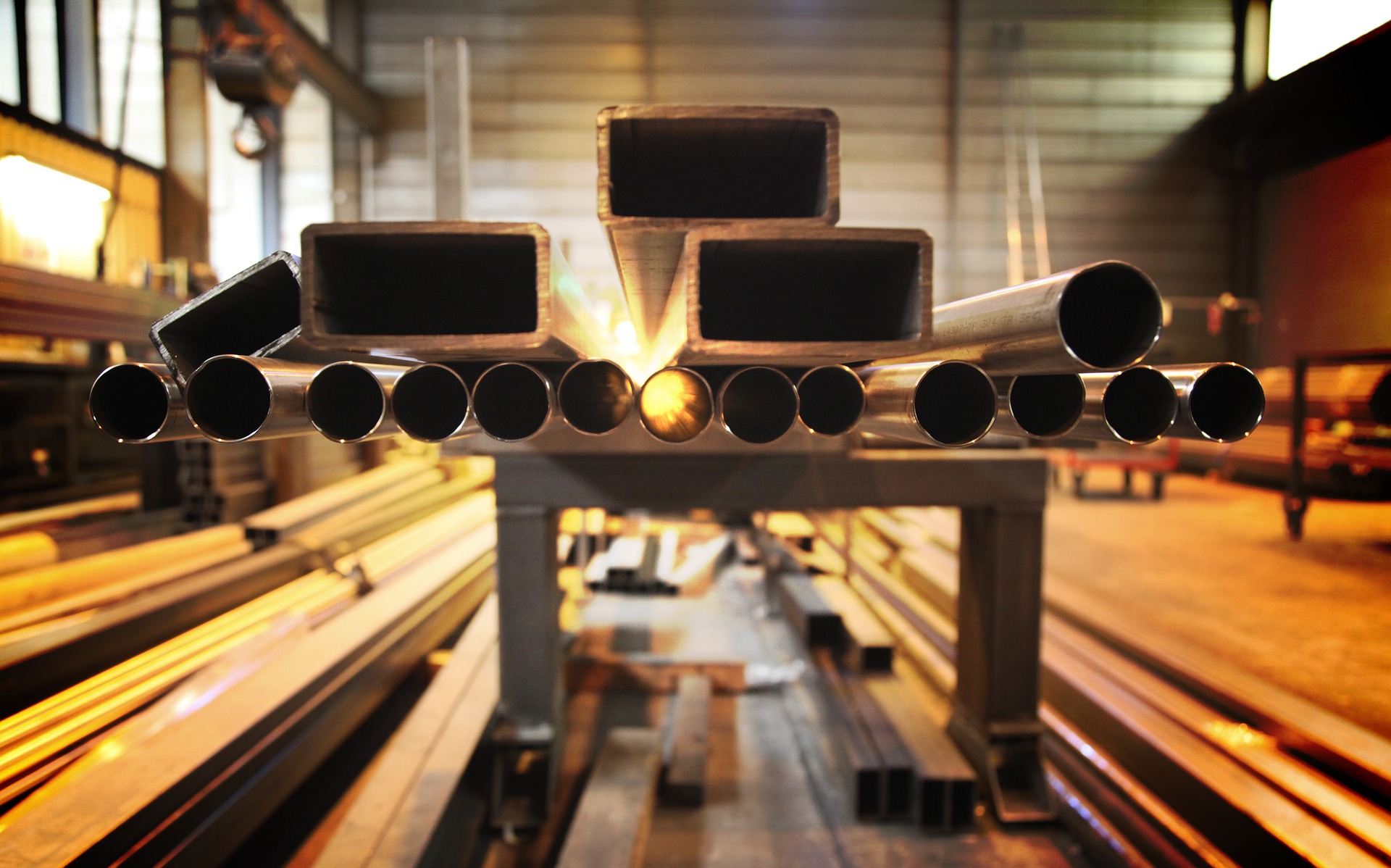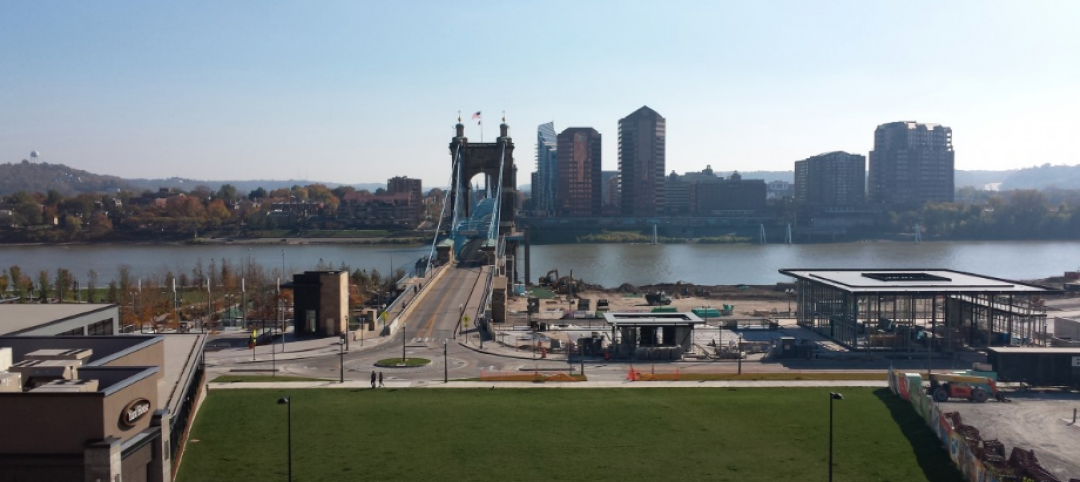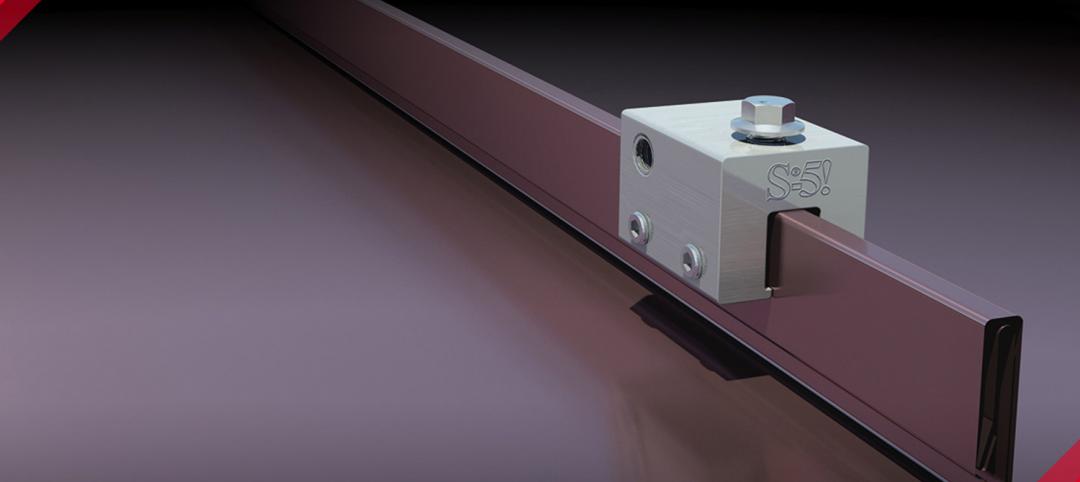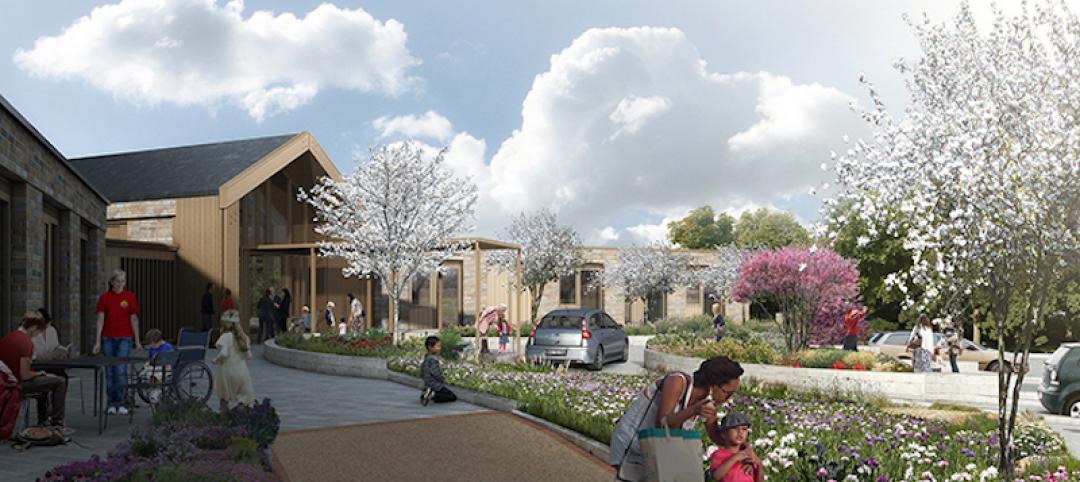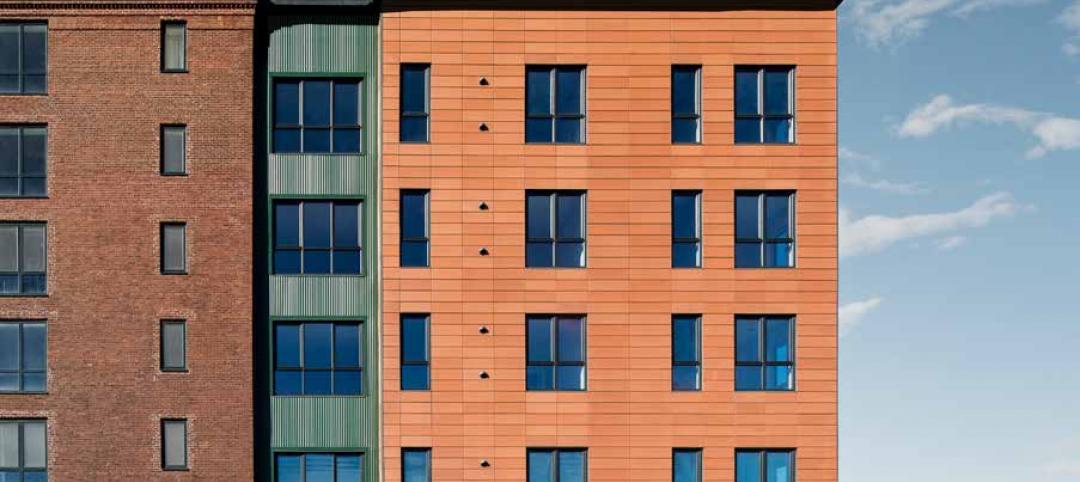“Green steel” that is manufactured using hydrogen generated with renewable energy makes its use as a building material more feasible for environmentally conscious designers and clients.
Sustainable manufacturing processes, which are economically viable in the U.S., could also revive steelmaking in the country as the metal becomes more attractive for green building. In addition, faster adoption of green steel could be fueled by communities competing for new plants and the new jobs that come with them, making them more attractive to build for steel manufacturing companies.
“A transition to fossil fuel-free steelmaking could grow total jobs supported by steelmaking in the region by 27% to 43% by 2031, forestalling projected job losses,” according to a study by the Ohio River Valley Institute. “Regional jobs supported by traditional steelmaking are expected to fall by 30% in the same period.”
The traditional steelmaking process using coal generates 7.2% of all carbon emissions worldwide, making the industry alone more polluting than the entire European Union, according to one estimate.
A modern, greener method of producing steel works like this: Iron ore is melted in an electric arc furnace using hydrogen, rather than coke, to process the material. This requires less energy than traditional methods, and renewable energy could power the furnace and generate hydrogen, making the process environmentally sound.
Developmental projects in Europe are experimenting with biochar, electrolysis, and other ways to power the electric arc process. In the U.S., one company is experimenting with an oxide electrolysis model that eliminates the need for coal by creating a chemical reaction that turns iron ore into steel.
Any of these greener steelmaking methods could help make the metal a sound choice for meeting sustainability standards and goals.
Related Stories
Green | Jul 24, 2018
Cincinnati’s green approach to sewer discharge expected to save $100 million
Environmentally strategy does have its limits, though.
Codes and Standards | Jul 17, 2018
NIMBYism, generational divide threaten plan for net-zero village in St. Paul, Minn.
The ambitious redevelopment proposal for a former Ford automotive plant creates tension.
Sponsored | Energy Efficiency | Jul 2, 2018
Going solar has never been easier
There is an efficient system for mounting solar panels to roofs and turning roof real estate into raw power.
Multifamily Housing | Jun 27, 2018
To take on climate change, go passive
If you haven’t looked seriously at “passive house” design and construction, you should.
Accelerate Live! | Jun 24, 2018
Watch all 19 Accelerate Live! talks on demand
BD+C’s second annual Accelerate Live! AEC innovation conference (May 10, 2018, Chicago) featured talks on AI for construction scheduling, regenerative design, the micro-buildings movement, post-occupancy evaluation, predictive visual data analytics, digital fabrication, and more. Take in all 19 talks on demand.
Office Buildings | Jun 15, 2018
Portland’s newest office buildings put nature on center stage
Hacker Architects designed the space for Portland’s Frontside District.
| Jun 11, 2018
Accelerate Live! talk: Regenerative design — When sustainability is not enough
In this 15-minute talk at BD+C’s Accelerate Live! conference (May 10, 2018, Chicago), HMC’s Eric Carbonnier poses the question: What if buildings could actually rejuvenate ecosystems?
| May 30, 2018
Accelerate Live! talk: T3 mass timber office buildings
In this 15-minute talk at BD+C’s Accelerate Live! conference (May 10, 2018, Chicago), architect and mass timber design expert Steve Cavanaugh tells the story behind the nation’s newest—and largest—mass timber building: T3 in Minneapolis.
Green | May 25, 2018
The healing power of green spaces
The healthcare community is looking at adopting integrated care systems in which outdoor healing and therapeutic gardens are an essential complement to the indoor treatments.
BD+C University Course | May 24, 2018
Building passively [AIA course]
17 tips from our experts on the best way to carry out passive house design and construction for your next multifamily project. This AIA CES course is worth 1.0 AIA LU/HSW.


